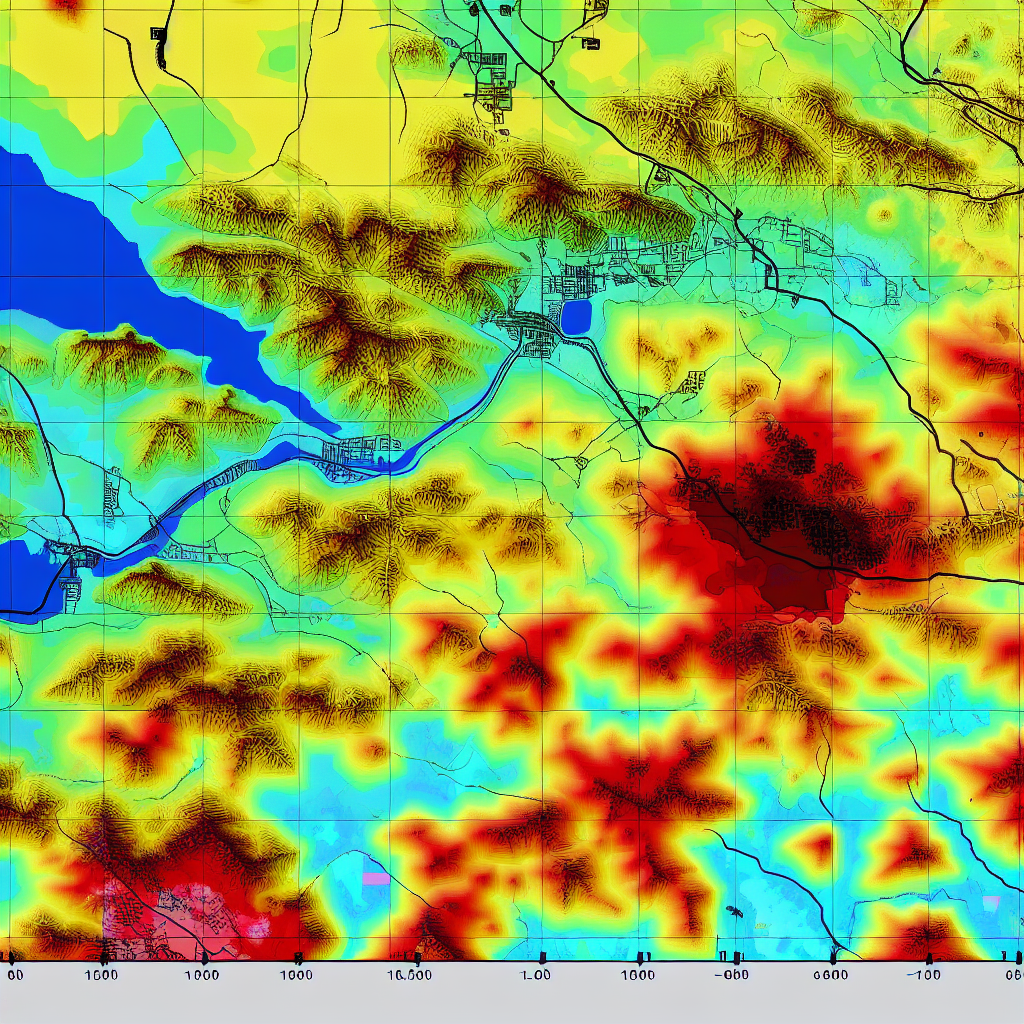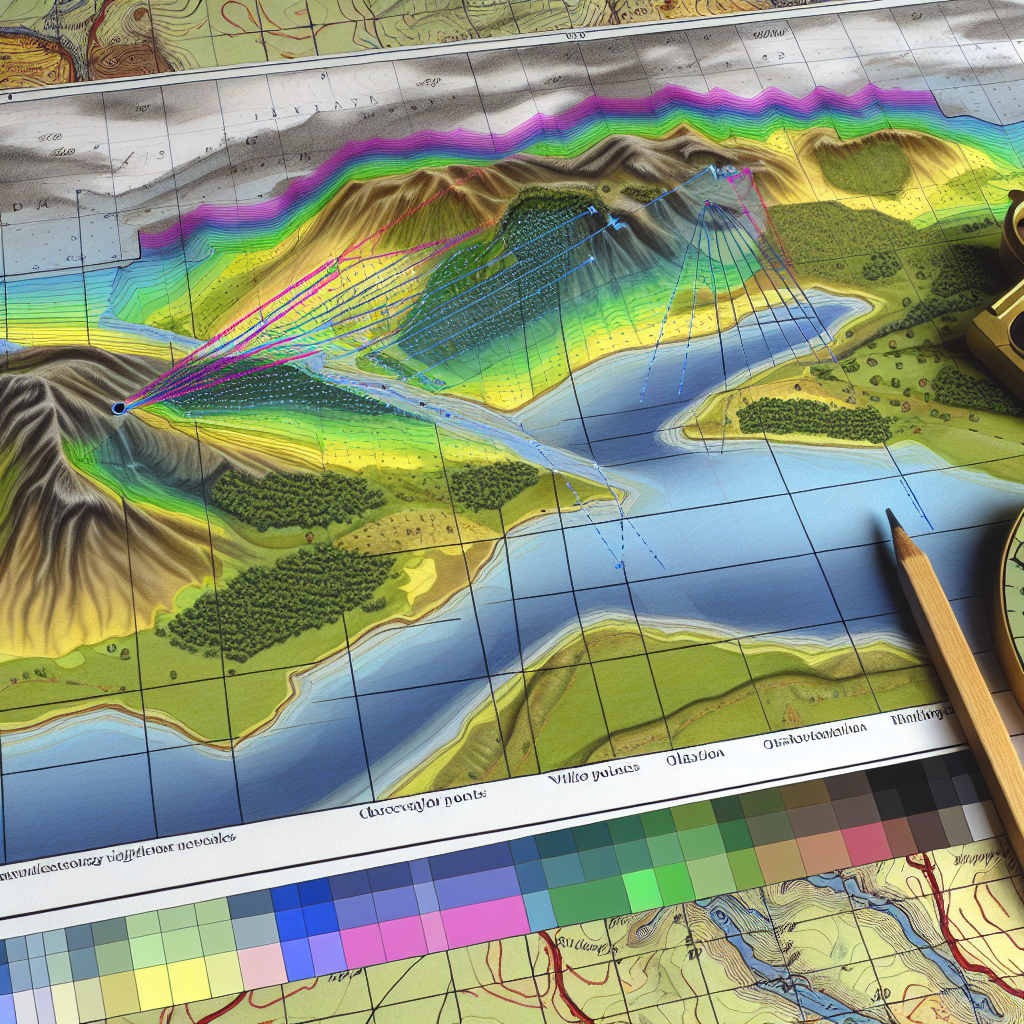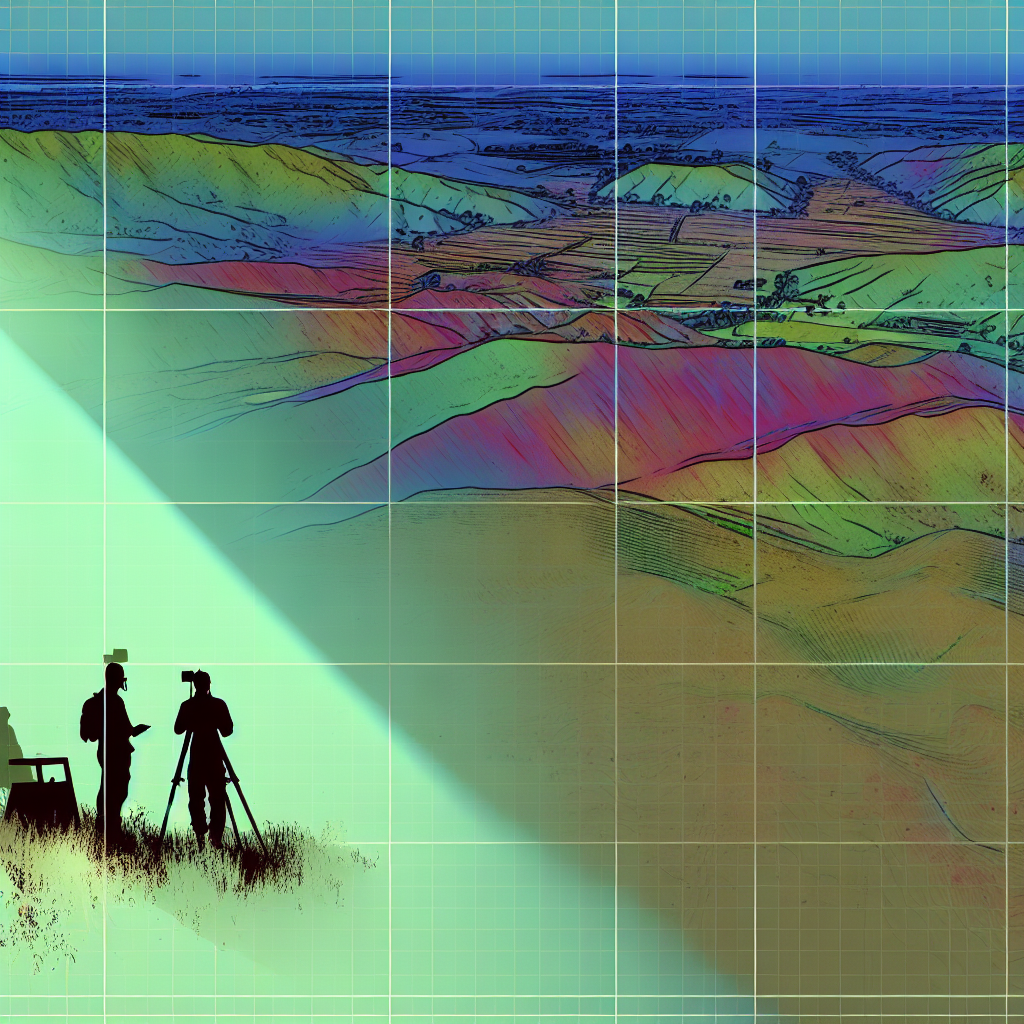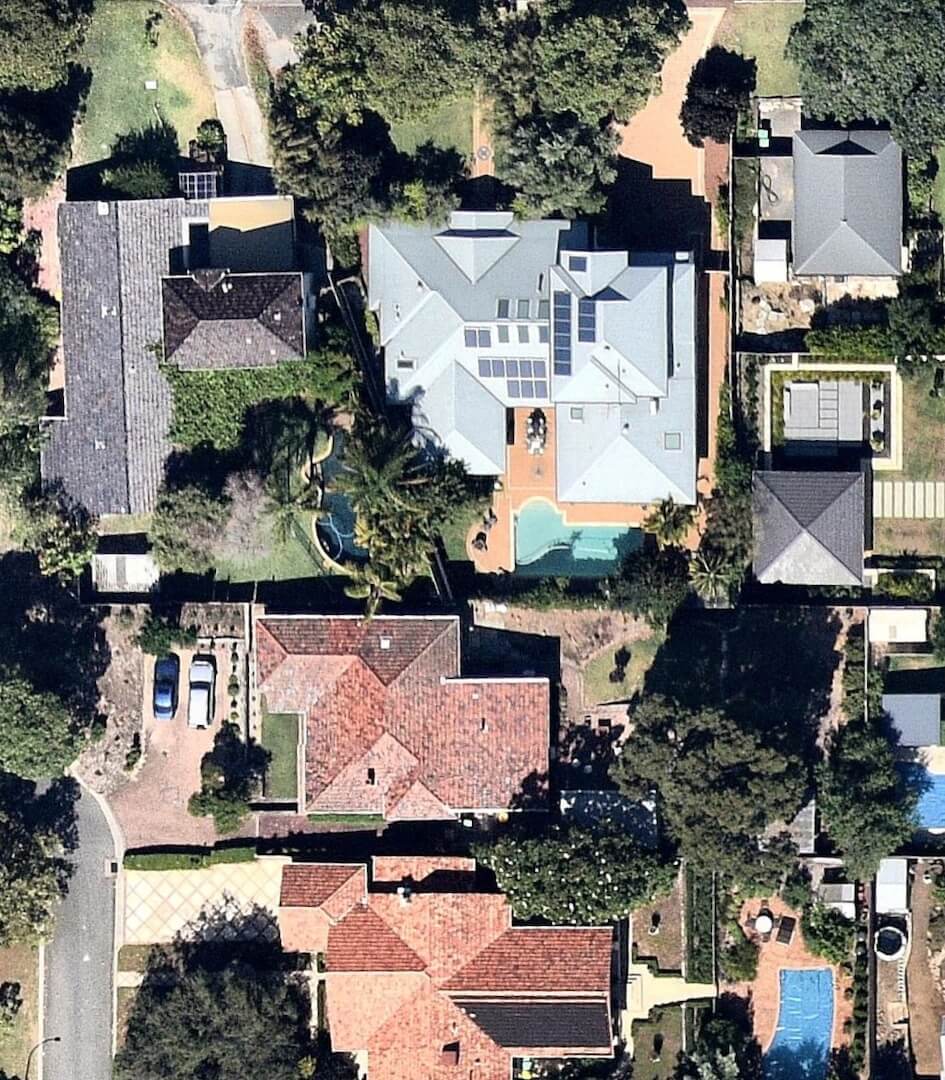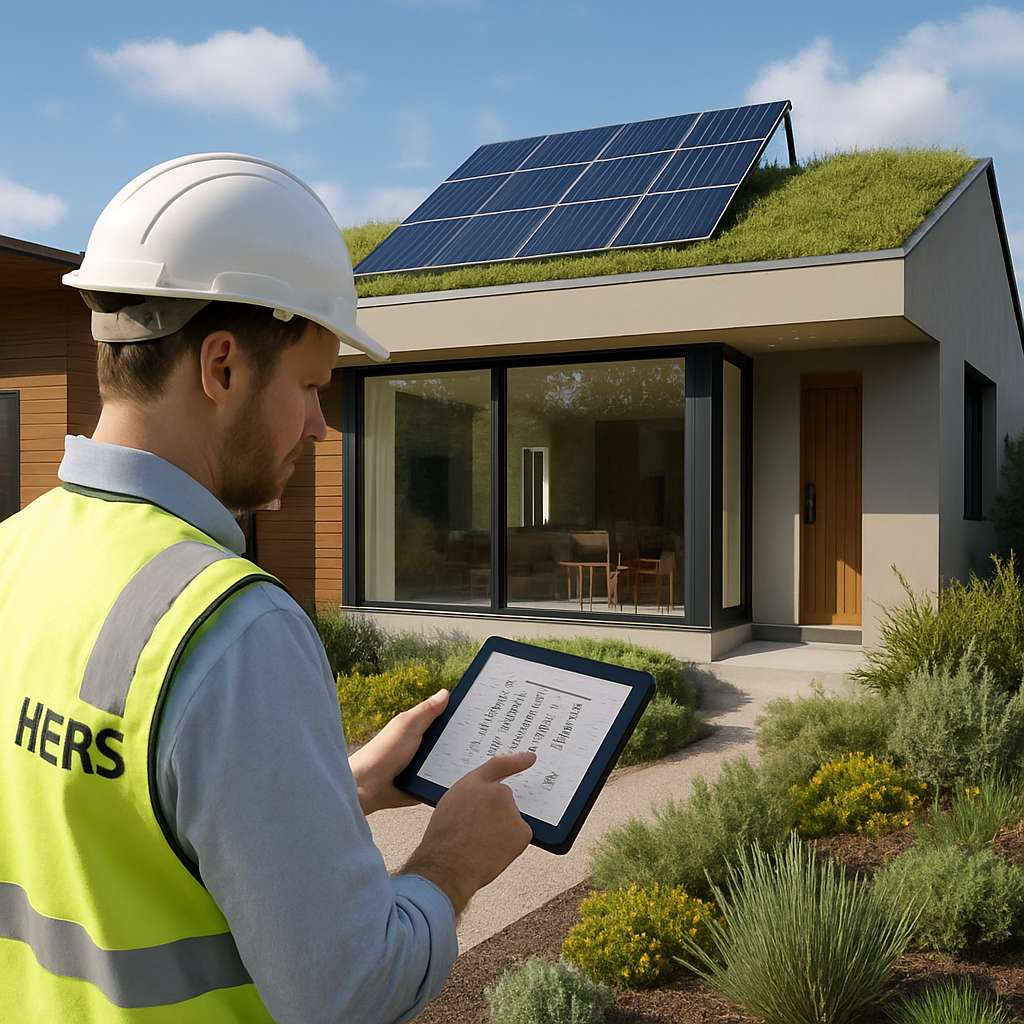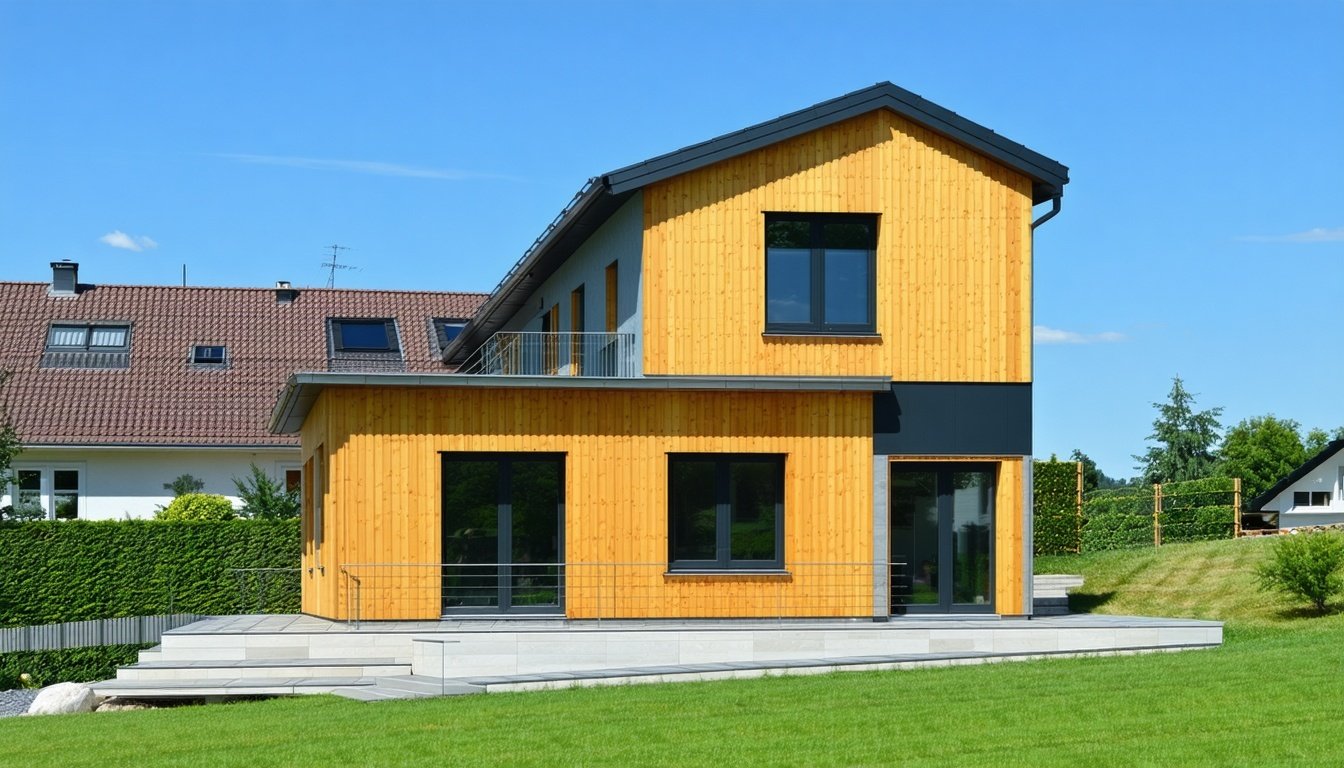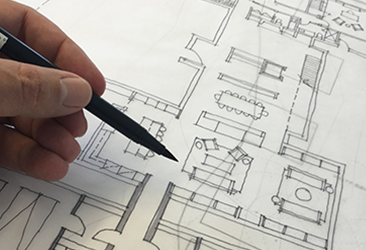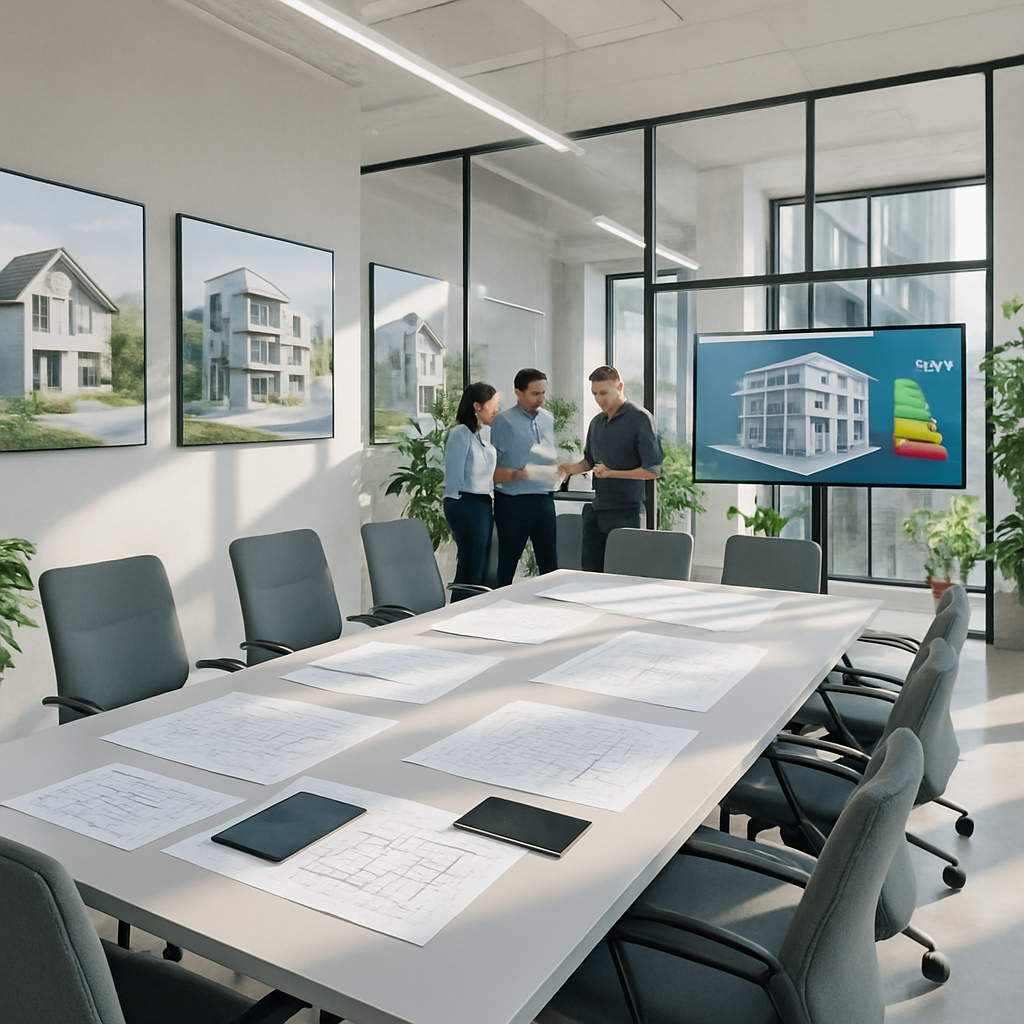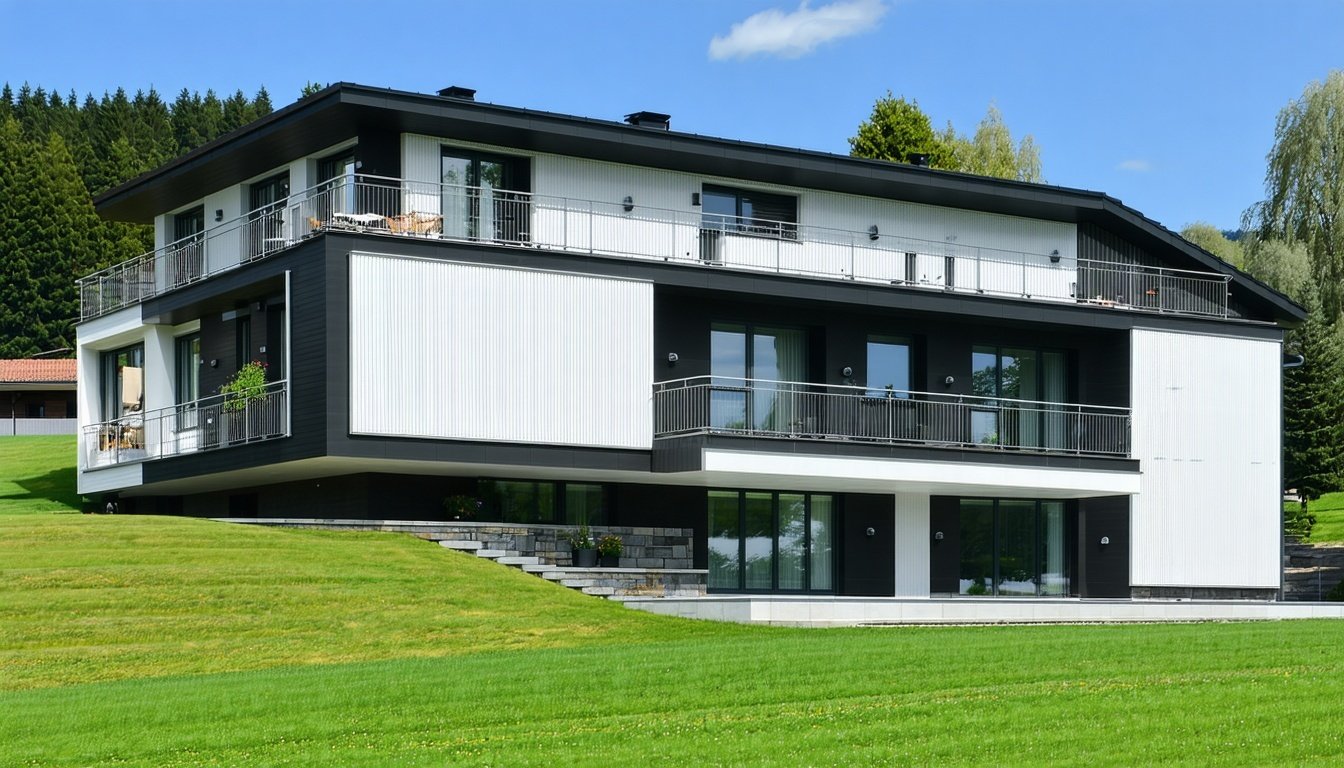Discover how viewshed modelling is revolutionizing site planning and design for construction, renewable energy and urban development projects across Australia.
Recent posts by Jamie Bonnefin
2 min read
Learn How Viewshed Modelling Supports Renewable Energy, Infrastructure And Urban Development
By Jamie Bonnefin on Nov 19, 2025 12:22:28 PM
Topics: Viewshed Analysis
2 min read
Enhance Environmental Compliance with Expert Support
By Jamie Bonnefin on Nov 19, 2025 12:07:39 PM
Unlock sustainable success in construction by mastering environmental compliance with expert guidance.
Topics: Viewshed Analysis
2 min read
Understanding Visual Impact Assessment for Development Projects
By Jamie Bonnefin on Nov 19, 2025 11:56:07 AM
Learn what a viewshed analysis is, how it works, and why developers, planners, and architects in Australia rely on it for DA approvals and visual impact assessments. A complete expert guide from Certified Energy.
Topics: Viewshed Analysis
2 min read
Confused About NatHERS, BASIX, And BESS?
By Jamie Bonnefin on Nov 12, 2025 1:41:55 PM
Confused about NatHERS, BASIX, and BESS? Certified Energy breaks down the key differences between Australia’s leading sustainability assessment systems and when you need each one.
Topics: NatHERS
2 min read
Boost Your NatHERS Rating With Certified Energy’s Expert Tips
By Jamie Bonnefin on Nov 12, 2025 1:13:35 PM
Boost your NatHERS rating with Certified Energy’s expert tips. Discover simple design strategies to improve your home’s energy efficiency and meet Australia’s sustainability standards.
Topics: NatHERS
2 min read
Learn What A NatHERS Assessment Is And Why It’s Essential For New Homes In Australia
By Jamie Bonnefin on Nov 12, 2025 12:53:28 PM
Unlock the secrets behind NatHERS assessments and discover why energy efficiency is a game-changer for new homes in Australia.
Topics: NatHERS
2 min read
Meeting Energy Star Most Efficient Standards in Unique Builds
By Jamie Bonnefin on Oct 23, 2025 4:35:22 PM
Discover how innovative construction methods and smart design can help unique builds achieve the highest Energy Star Most Efficient standards, maximizing energy savings and sustainability.
Topics: VURB
2 min read
Understanding VURB Assessment for Australian Projects
By Jamie Bonnefin on Oct 23, 2025 2:44:48 PM
Discover how VURB assessments are transforming compliance and sustainability in Australia's construction sector.
Topics: VURB
2 min read
Discover When And Why To Use A VURB Assessment In Australia
By Jamie Bonnefin on Oct 23, 2025 2:20:16 PM
Unlock the key to construction site safety and compliance by understanding the critical moments and reasons to conduct a VURB Assessment in Australia.
Topics: VURB
2 min read
Discover Why Passive House Design Is Leading Australia’s Shift To Sustainable Living
By Jamie Bonnefin on Oct 7, 2025 11:00:42 AM
Explore how Passive House design is revolutionising the construction industry in Australia, offering unmatched energy efficiency, comfort, and sustainability for the future of living.




